<?php
include('connection.php');
$username = $_POST['user'];
$password = $_POST['pass'];
//to prevent from mysqli injection
$username = stripcslashes($username);
$password = stripcslashes($password);
$username = mysqli_real_escape_string($con, $username);
$password = mysqli_real_escape_string($con, $password);
$sql = "select *from login where username = '$username' and password = '$password'";
$result = mysqli_query($con, $sql);
$row = mysqli_fetch_array($result, MYSQLI_ASSOC);
$count = mysqli_num_rows($result);
if($count == 1){
echo "<h1><center> Login successful </center></h1>";
}
else{
echo "<h1> Login failed. Invalid username or password.</h1>";
}
?>
I have to do a website that works like google forms, for school. The thing is that in the signup form I get this error and I don t understand why I'm pretty new to the whole PHP stuff and I didn't find much about this error.
The HTML file
<html>
<head>
<title>PHP Signup system</title>
<link rel="stylesheet" type="text/css" href="style.css">
</head>
<body>
<div id="frm">
<h1>Signup</h1>
<form name="f1" action="registration.php" onsubmit="return validation()" method="POST">
<p>
<label> UserName: </label>
<input type="text" id="user" name="Username" />
</p>
<p>
<label> Password: </label>
<input type="password" id="pass" name="Password" />
</p>
<p>
<label> Password: </label>
<input type="password" id="passc" name="Confirm Password" />
</p>
<p>
<label> Email: </label>
<input type="text" id="email" name="Email" />
</p>
<p>
<input type="submit" id="btn" value="Submit" />
</p>
</form>
</div>
<script>
function validation() {
var id = document.f1.user.value;
var ps = document.f1.pass.value;
var psc = document.f1.passc.value;
var em = document.f1.email.value;
if (id.length == "" && ps.length == "") {
alert("User Name and Password fields are empty");
return false;
} else {
if (id.length == "") {
alert("User Name is empty");
return false;
}
if (ps.length == "") {
alert("Password field is empty");
return false;
}
if (em.length == "") {
alert("Email field is empty");
return false;
}
if (ps != psc) {
alert("Passwords do not match");
return false;
}
}
}
</script>
</body>
</html>
It is pretty simple, and it doesn't have to look good, just to work.
EDIT: I got it, the problem was in fact that I misused the post method and names and that after that I forgot to make the connection with the database. credits to the guy in comments